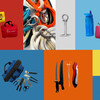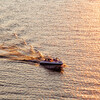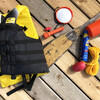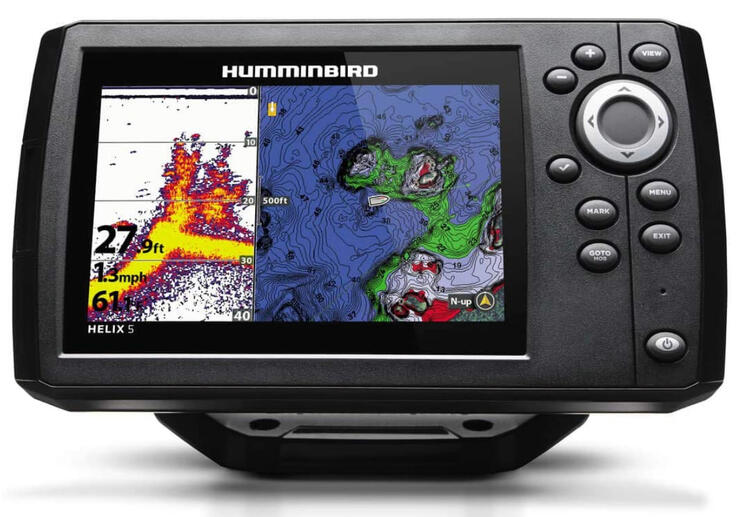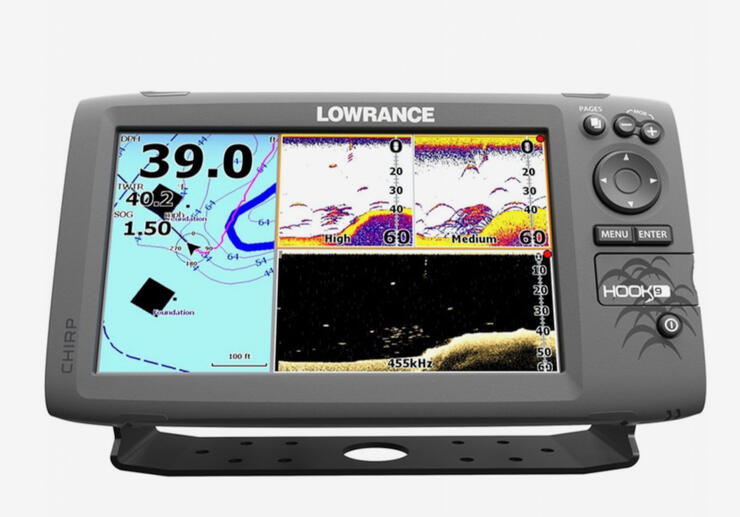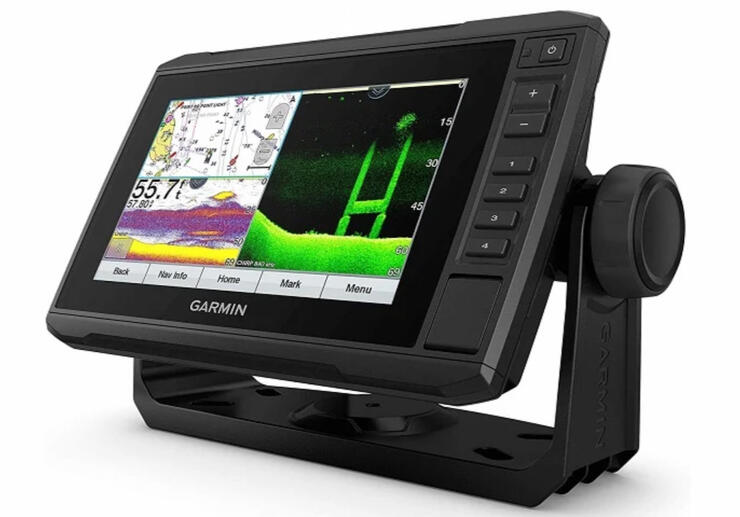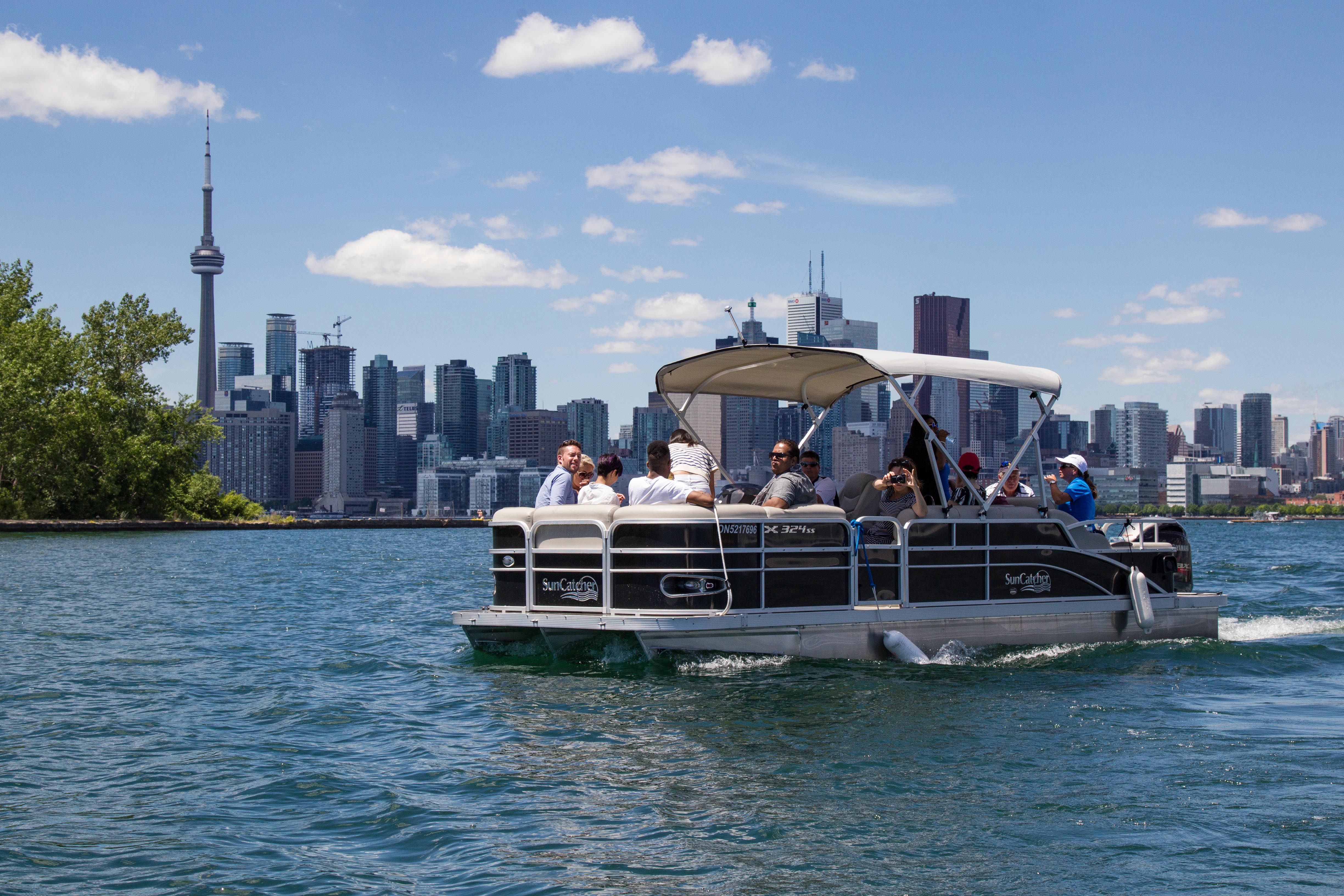
Find Your Way: Using a chartplotter on your PWC
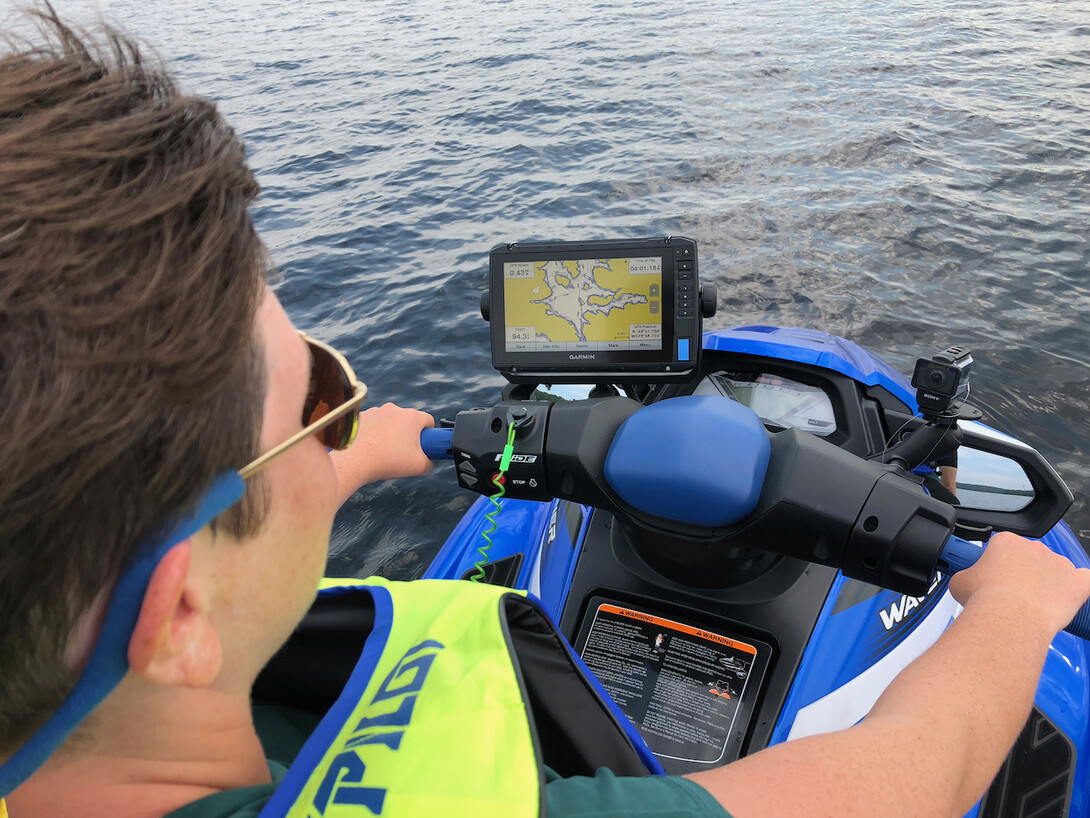
Often referred to as a GPS, chartplotter is the correct term for a display that shows a marine chart. A chartplotter can be a valuable addition for both novice and experienced PWC riders. The chartplotter shows your GPS location on the marine map and is used to plot your route waypoints, underwater hazards, tracks and points of interest. It often includes fish finder, depth sonar, speedometer, etc.
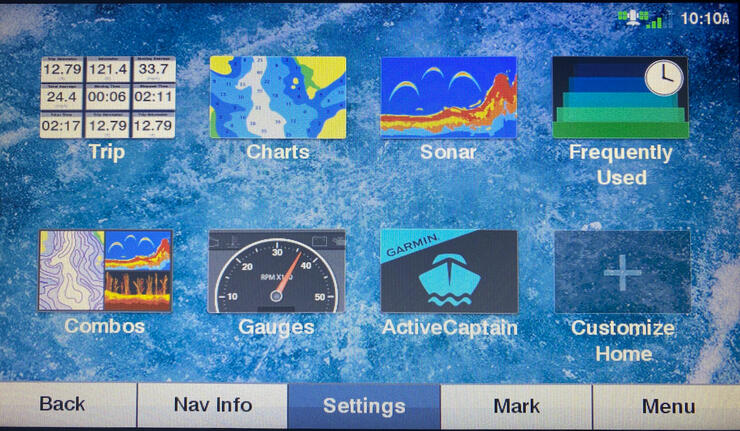
Do you need a chartplotter for your PWC?
It all depends on your riding plans. For those who ride a few familiar water bodies you probably don’t need one. You already know your lake or river well.
For those who like to tour with their PWC to different lakes and rivers (check out these 5 Best Places to Tour with your PWC), a chartplotter can be an invaluable tool. Lakes in Ontario, especially the northern lakes, have many islands, channels, bays and inlets. The shorelines can start to look the same very quickly and there may be few landmarks to navigate your way back to your launch point. With a chartplotter you can explore unfamiliar areas and go farther with less worry of getting lost.
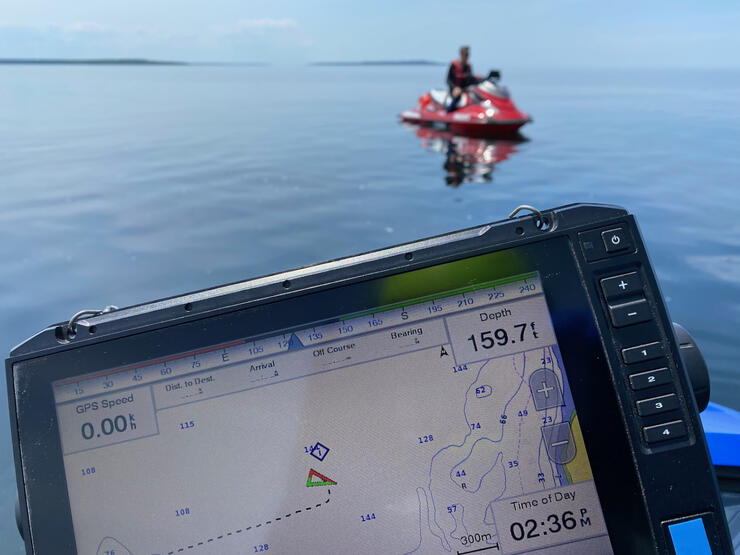
A chartplotter is also useful for navigating around submerged objects such as unmarked rocks or other hazards. Knowing where they are helps reduce the risk of collision damage to your PWC. If you fish from your PWC, a chartplotter with an integrated Fish Finder is a good choice.
What kind of chartplotter works for you?
There are handheld units and larger mounted units, some with touch screens, button controls or both.
The larger mounted chartplotters are designed for boats rather than PWC, however many PWC owners are modifying and adapting mounting hardware to use these units on their watercraft. Accessory companies such as Ram Mount offer mounting systems so you can add a chartplotter to your watercraft. Both Yamaha and SeaDoo now offer kits or accessories to install a chartplotter on some of their models.
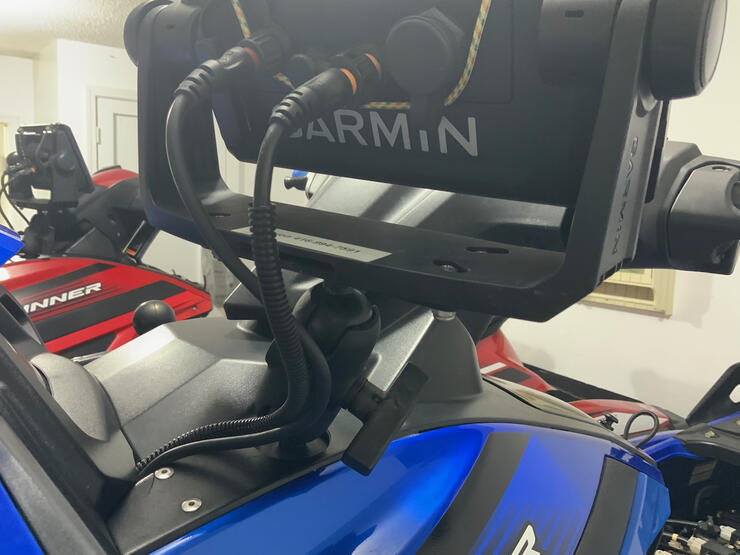
Take the time to research the different brands and models available to select a chartplotter that will work well for you. Garmin, Humminbird, Lowrance are familiar brands used on PWCs.
How much are you planning to spend?
Compared to the costs of owning and running a PWC, a chartplotter is relatively inexpensive. Prices range from a few hundred to more than a thousand dollars depending on the size and number of features of the unit. Screen sizes start at 5 inches and go up from there. The size we suggest for a PWC is in the 7 to 9 inch range for the horizontal display models. Choose one that you can easily read the chart at speed. Screen size is measured on the diagonal from corner to corner, not horizontally across the screen.
Handheld units, which are physically smaller, aren’t as easy to use while riding your PWC. Even mounted on a bracket the screens tend to be small so important details may not be easily seen. You may find yourself stopping often to navigate or see what hazards lie ahead.
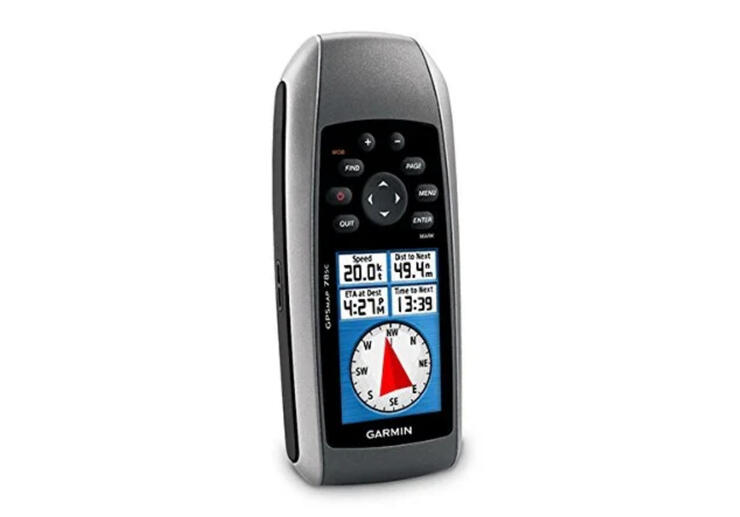
What information do you need while riding your PWC?
If you are going fishing on your PWC, a fish finder is useful. Sonar is also valuable to reveal underwater hazards. An accurate GPS speedometer and odometer tell you how fast you’re really going and how far you’ve traveled. This information helps with gauging how much fuel you need for your round trip.
Charts for different marine regions are available for purchase for your chartplotter. There are different levels of purchase including subscription-based charts that update the information periodically via an app.
Some models will link to your smartphone via Bluetooth so you can see incoming text messages and phone call alerts right on your big screen. Your phone can be safely stowed and you can decide whether or not the call needs immediate attention or can wait until you’re docked.
Chartplotters do have pros and cons. Touchscreen chartplotters have a familiar and snappy response like a smartphone or tablet. They can be inconsistent when your fingers are wet or you accidentally swipe something that you didn’t intend to.
Older and less expensive models may have less screen clarity, slow response when using the keys, or redraw delays when panning and zooming. Keys can be clunky to use with many button presses to change views. However pressing keys means accidental screen touches don’t cause something to happen that you didn’t want.
A chartplotter makes it easier to navigate safely to your destination, have awareness of hazards and water depths while moving, save your tracks for future use, and have lots of useful information at hand.
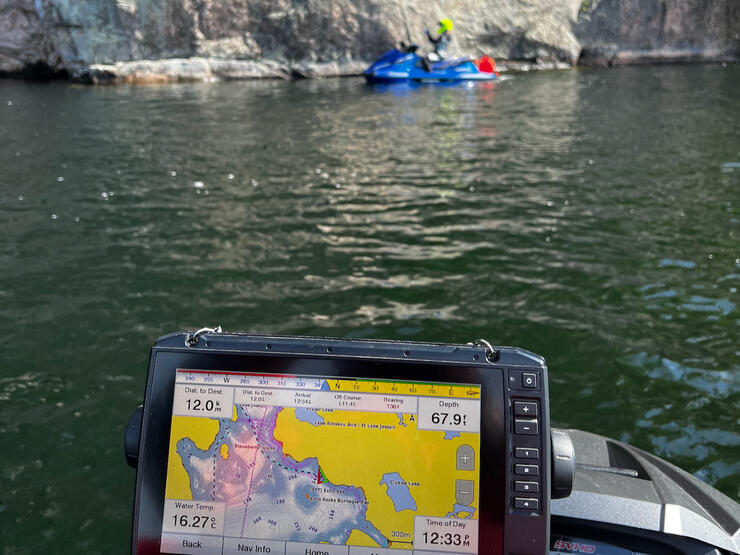
Do I need a Transducer?
Transducers are sometimes sold separately from chartplotters. The transducer is the unit that measures water depth, sonar scans into the water when traveling through narrow channels and showing movement under the hull such as fish swimming. The sonar unit is mounted either inside the hull or attached to the back of the hull. It’s best to mount the transducer outside at the back of your watercraft near or on the rideplate of your PWC or inside at the thinnest part of the hull rear bottom to ensure accurate depth readings.
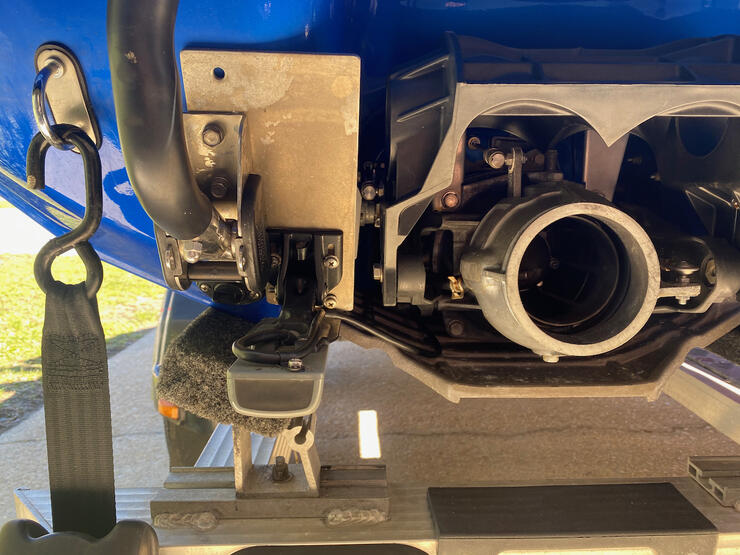
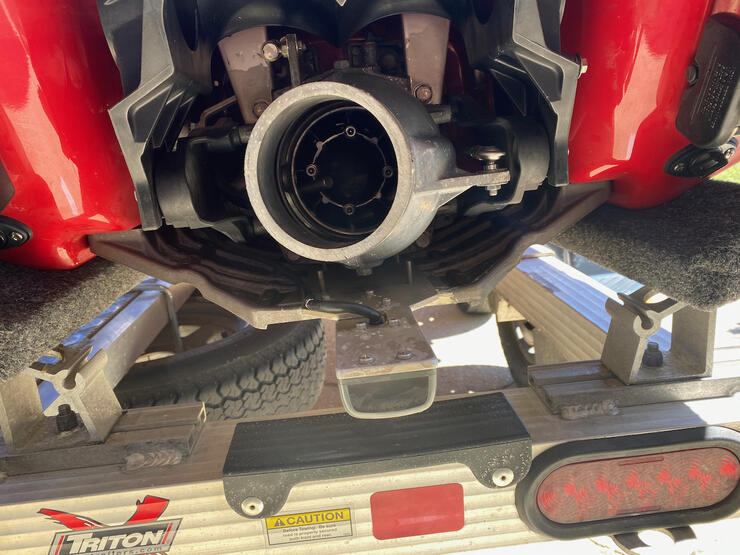
Using a chartplotter on your PWC has many benefits. Choosing the one that works best for you can make your time on the water safe and fun.
Recommended Articles

Montreal to Ottawa by PWC
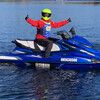
7 tips for early PWC riding in Ontario
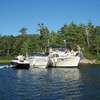
Cruising on a Budget

The Jewel of Ontario
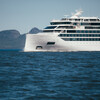
This new cruise ship sails into Thunder Bay
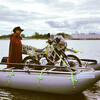
An epic trip by motorcycle boat?!
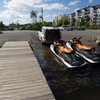
5 Big Water Destinations
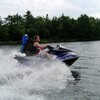
Make It Personal
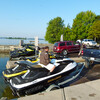
Best Boat Launches
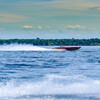
A Guide to Getting your Ontario Boating Card

Boutique Houseboat Rentals Are a Thing: Here's Why You Need to Check Out H2O Getaways
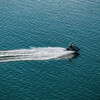
14 PWC Itineraries and Tips for Riding in Ontario
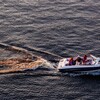
Where to Rent a Boat in Ontario

2 Amazing Lakes To Ride Your PWC
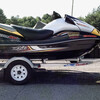
How to Choose a Trailer for your PWC
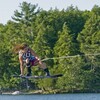
Know Your Wakesports
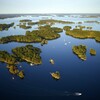
Boating the 1000 Islands
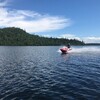
5 Places to Tour with your PWC
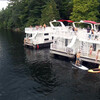
Cruise the Trent Severn Waterway in Style
